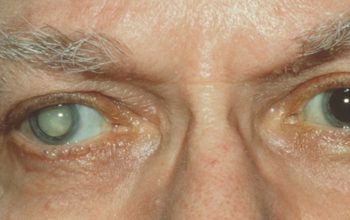Intermittent silence to find peace in the storm.
“From the second your alarm clock jars you into consciousness, your brain processes the sights, sounds, thoughts, and stressors….”
The following written content by Dr. Cassie Irwin

From the second your alarm clock jars you into consciousness, your brain processes the sights, sounds, thoughts, and stressors you experience throughout your day. Exposure to a constant barrage of email notifications, harsh blue light from our screens, and the endless to-do list running the monologue of the mind makes up just a smidgen of what the brain has to process.
Our overly stimulated environments and fast-paced lifestyles have been linked with rising rates of stress and depression. And considering the increase of stress and anxiety since the onset of the pandemic, we all need some serious R&R.

A logical solution to overstimulation is to reduce stimulation, and one such way is to practise silence. Researchers now acknowledge that silence plays a significant role in healthy human physiology, well-being, and spirituality.
While escaping to the woods for a seven-day silent retreat would likely work wonders to calm the mind, it’s just not feasible (or desirable) for most of us to live in silence for the rest of our lives just to keep stress at bay.
WHAT IS INTERMITTENT SILENCE?
The key is finding a way to bring the benefit of silence into the everyday hustle and bustle, and one such method is the practice of intermittent silence.
“Our world has silence, except us,” says Dr. Krishna Bhatta, a medical doctor, creator of the Relaxx meditation app, and the originator of the intermittent silence practice. “We’re a go-go-go culture. I’m not saying we should slow down, but that we should bring some peace, bring silence into our lives as well.”
Intermittent silence involves pressing pause on the regular programming of your day, allowing your brain to rest. “In our brains, all those neurons are firing all the time,” explains Bhatta. “When you do this intermittent silence, all those brain cells get a rest—and they will thank you!”
While silence has been practised by many cultures for millennia, Bhatta’s approach involves four easy components that yield significant improvements in overall well-being. One minute of this practice gives you the essence of it, but Bhatta recommends 10 minutes per day to really reap the benefits.
4 components of intermittent silence
Close your mouth Rest the brain centres involved in processing expression and communication.
Close your eyes Rest the visual pathway and the cells involved with visual processing.
Listen—silently Listen to the sounds around you (your surroundings don’t need to be silent!). Rest the brain centres involved in auditory processing by just letting the sounds go through.
Watch—silently Watch your thoughts rather than processing them. Thoughts will always be there, and sometimes they’ll grab your attention, and that’s okay. Bhatta recommends watching your thoughts like traffic passing on the road—just don’t go hopping into one of the cars! Read more from Alive.





